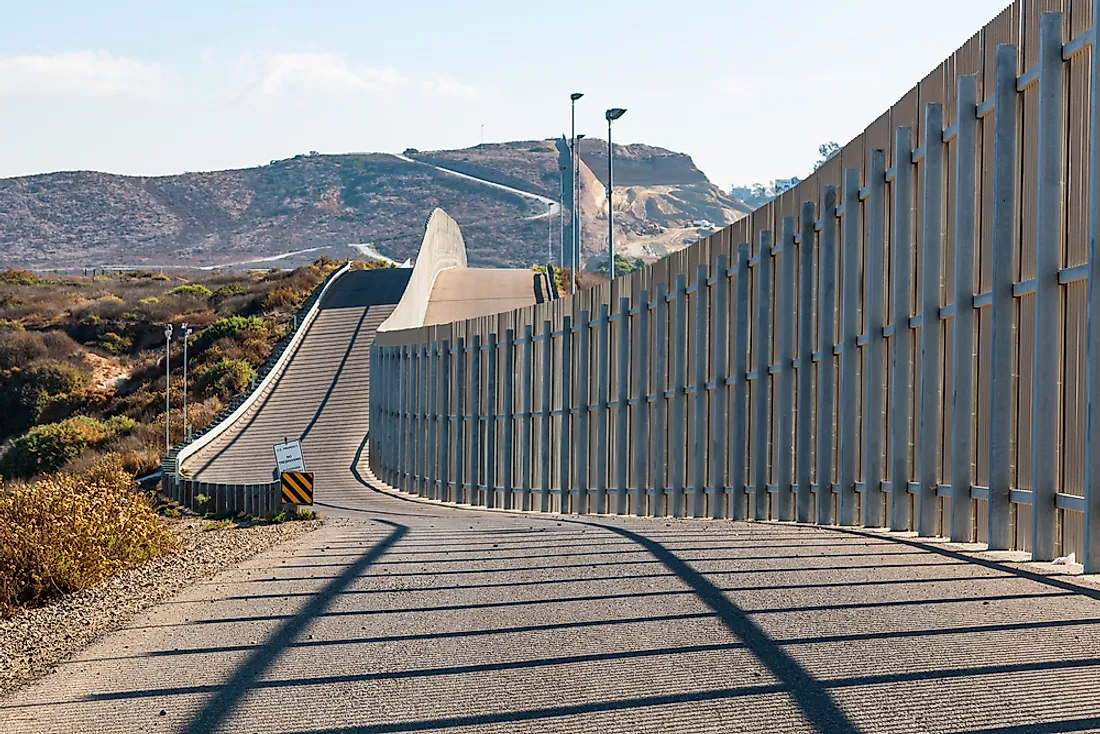What Is A Sanctuary City?

Sanctuary cities refer to cities that are typically located in Europe and North America that have limited cooperation with the national government’s efforts at ensuring that immigration law is enforced. The rationale of this limited cooperation is that the people staying in a city illegally will feel less afraid of deportation and will, in turn, be more likely to report any crimes as well as use the health and education facilities accorded to citizens.
However, this definition is a general definition because the exact level of limited cooperation between cities and the national government in enforcing immigration laws varies. For example, San Francisco prohibits any city resources (employees or funds) from helping the federal government unless the law demands the assistance. Close to San Francisco is a city known as Berkeley that is allegedly the first sanctuary city after passing a resolution in 1971.
History of Sanctuary Cities
The idea of sanctuary cities can be traced back to the 1980s. During that period, churches gave shelter to Central Americans who were running away from violence at home after the federal government denied them sanctuary. More people were drawn to the idea, and therefore more cities decided to adopt the idea especially since petty and non-violent offenses instigated some of the violence.
Effects of Sanctuary Cities
One study conducted in 2017 showed that the crime rates in sanctuary cities were not impacted or reduced. Another study in the same year showed that the policy of a sanctuary city does not have any meaningful impact on the crime statistics of a city. A third study found that the policy of a sanctuary city reduces the robbery rate but has no effect on the homicide rates. Interestingly, the third study showed that sanctuary cities that have a larger population of undocumented Mexican immigrants had a lower rate of homicide.
Concerning the economy of sanctuary cities, data shows that local authorities that are restrictive (non-sanctuary) experienced a drop of between 1 and 2% in employment compared to non-restrictive jurisdictions. This drop has not been accounted for because of the lack of data. Analysts have been unable to determine whether this drop is due to the reduced population that comes after illegal immigrants have been deported or from other factors. The problem for analysts stems from the fact that there is no reliable data about the immigration status of people. Regarding health, studies have shown that most immigrants are reluctant to see a doctor, but the well-being of immigrants is much better in sanctuary cities compared to other cities.
Legal Issues Surrounding Sanctuary Cities
Recently in the United States, President Donald Trump has decided to go on the offensive against sanctuary cities and states. This offensive is characterized by threats such as cut off federal funding to these regions. However, most analysts agree that this would present a legal issue that will most likely be taken to court. Another difficulty presented to the federal government is that the court rules that the federal government cannot use funds as a tool of coercion and is therefore unconstitutional.











